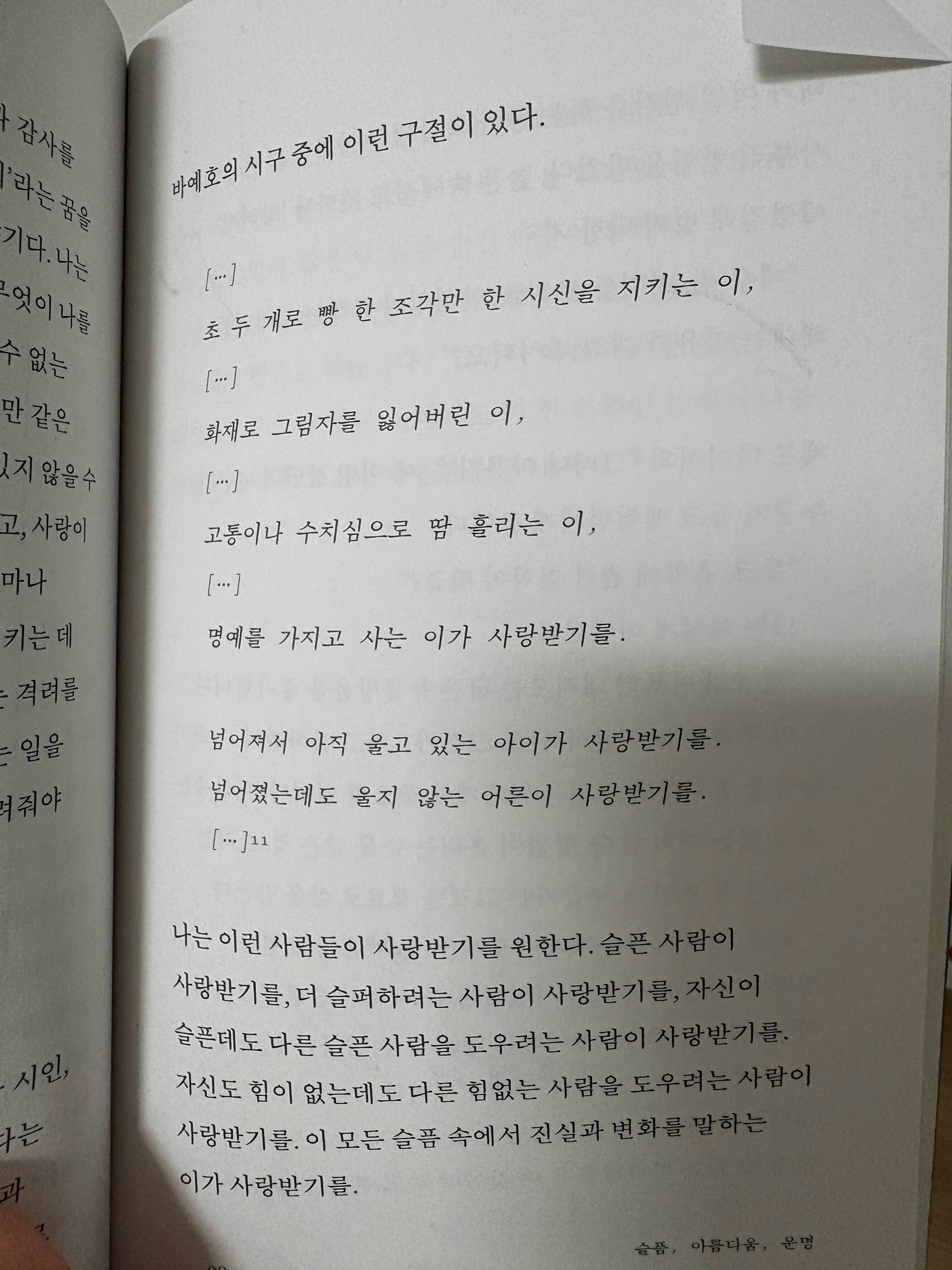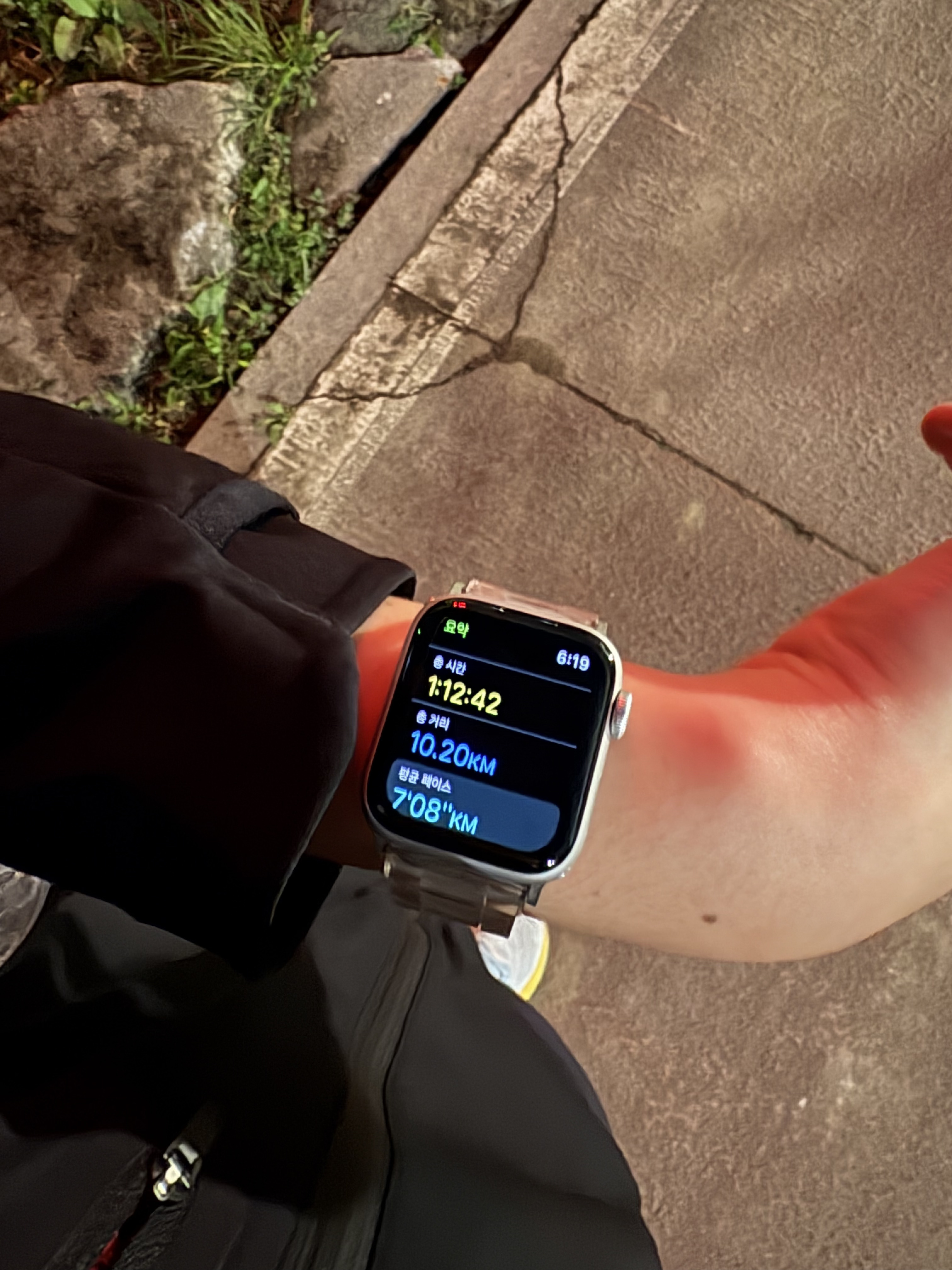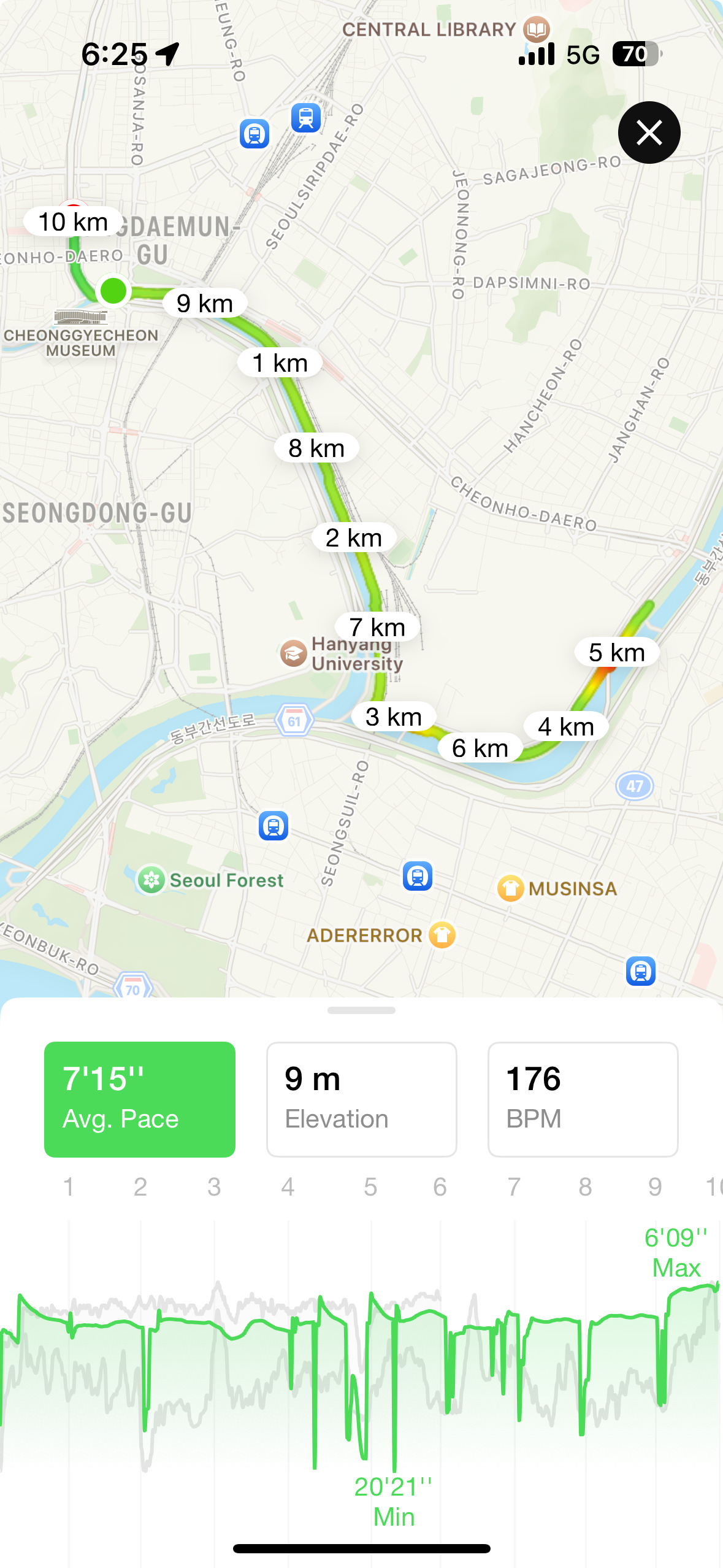북한산 등산 일기 !!
한 몇 년만에 제대로 된 등산을 다녀왔는데요!
근방에서 가장 높은 해발 836m 북한산 백운대를 찍고 왔습니다! 돌산인 것은 알고 있었지만 생각보다 더 돌(?)이더군요..



오전 4:40 기상해서 선영이와 5:30 신설동에서 우이신설선을 타고 북한산우이역으로 출발하기로 했습니다!
그런데 선영이가 지하철을 놓쳐서 버스를 타고 왔어요
ㅋㅋㅋㅋㅋㅋㅋㅋ

선영이를 기다리며 어제 한 끼를 먹었던 저는 부랴부랴 아침을 챙겨 먹습니다. 여기 오는 길에 새벽 여섯시도 안 되어 등산로 입구쪽 김밥집들이 다 문을 열었더라구요. 정말 부지런한 사람들이 많습니다.


해가 뜰락말락


한 40분? 걷고나니 이제서야 등산로 입구가 보입니다!
다들 여기까지 차로 오더군요! 면허 따야지…

7시쯤 영차영차 등산 시작


잠깐 올라가다 뒤도니 해가 뜹니다..
너무 아름답고 신비로운 광경이었어요

우리는 저기 갈 겁니다.. !^^

천국의 계단 오르고 잠시 쉬며 한 컷 ㅎㅎ



천국의 계단은 정말 끝도 없어 보였는데
선영이가 올라가며 한 말이 참 명언이었습니다
바로 앞의 한 계단만 보고 오르는거야!
천천히 하나씩만 보고 가다보면 언젠가 도착할거야
포기하려고 할 때쯤이면 정상이 코앞인 순간일거야
영차영차 개미 두 마리 여기서 인생을 배우며 등반했습니다 ㅎㅎㅎ

귀요미

우와아아아
저희는 여기서 김밥을 먹었답니다
조금만 더 올라가면

드뎌! 정상!
한사랑 산악회처럼 멋지게 찍어달라고 했는데,
만족스럽군요 흐흐


백운대 정상!!!
바람이 정말 많이 불어서 모자를 잃을뻔했지만,
여기서 보는 서울의 풍경은 정말 장관이었어요
날씨도 너무 좋고 하늘도 푸르고 상쾌하고… 이래서 다들 등산을 하는구나 싶더라구요

진짜 멋지죠

후후 신나써요


단풍이 목적이었지만 다 떨어져서 못 봤긴해도, 이 상쾌한 바람과 흘린 땀의 기억은 오랫동안 잊히지 않을 걸 같아요
이 김밥의 맛도!!!

~내려오는 길은 생략~
왜냐구요? 진짜 너무 힘들었거든요 ㅎㅎㅎㅎ
길이 왜 끝이 없이 돌무더기야..
무릎이 아직도 아프네요.. 폼롤러 무진장 많이 했지만 벌써 내일의 근육통이 걱정됩니다 ㅎ


하지만 내려오니 오히려 단풍이 ..?
예뻐요

그리구 정상에서 옆 외국인들이 먹던 라면냄새에 참지못하고 아침의 그 편의점에서 신라면(무조건.. 아시죠?) 하나 먹어줍니다

여러분 내일부터는 정말 많이 춥대요
겨울이 오는 게 저는 그래도 또 반갑네요!
따뜻하게 아프지말고 한 주 또 열심히 보내봅시다아 🥰

















































